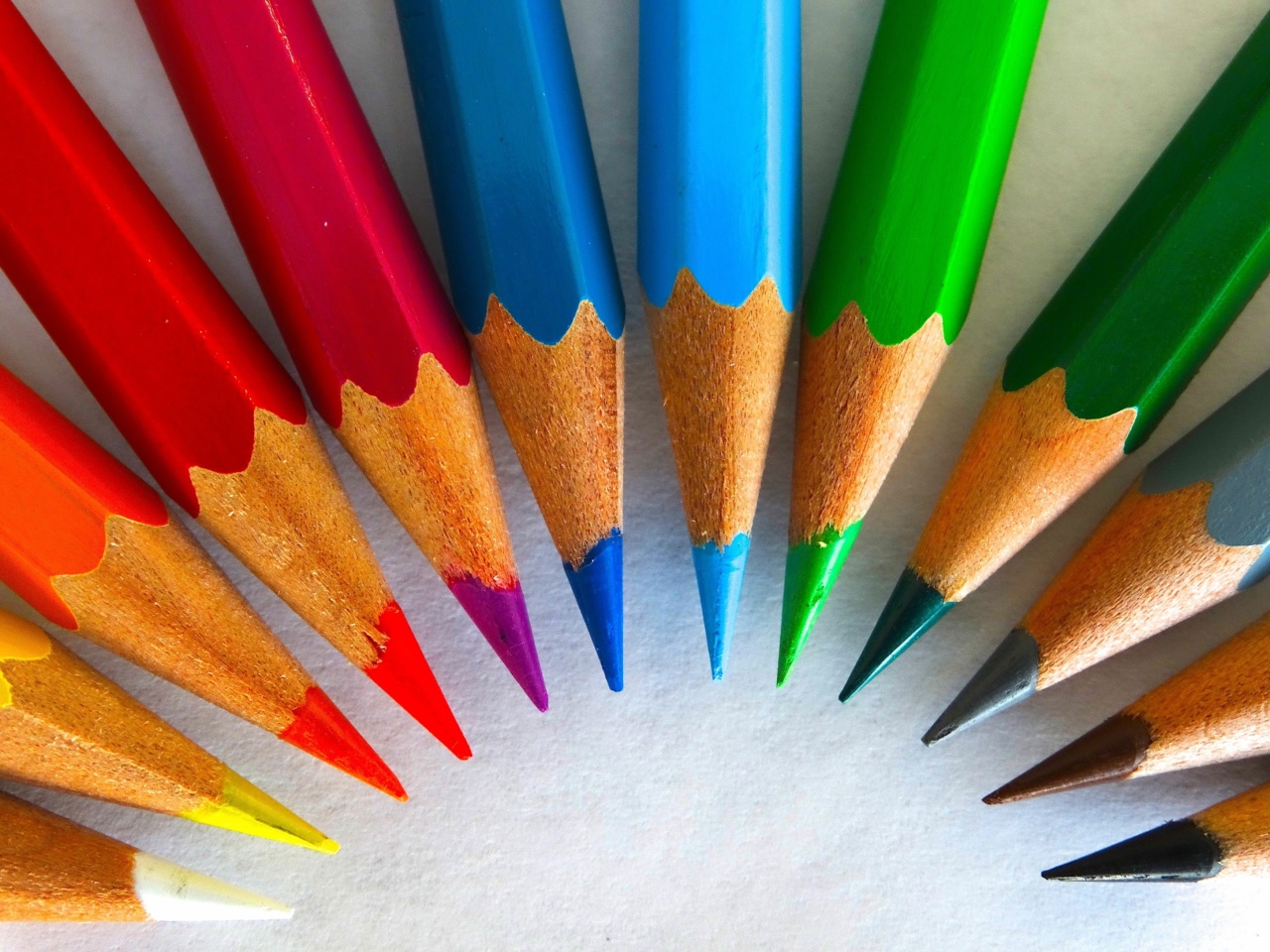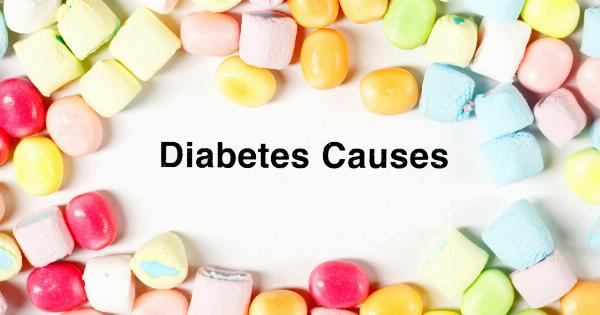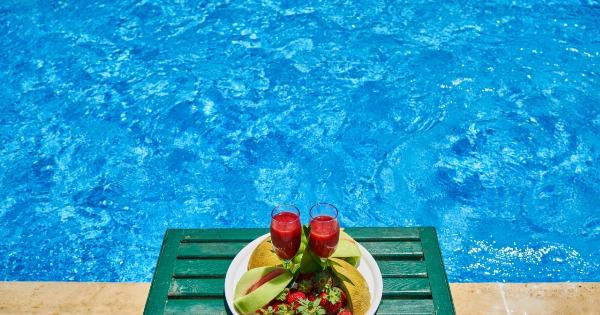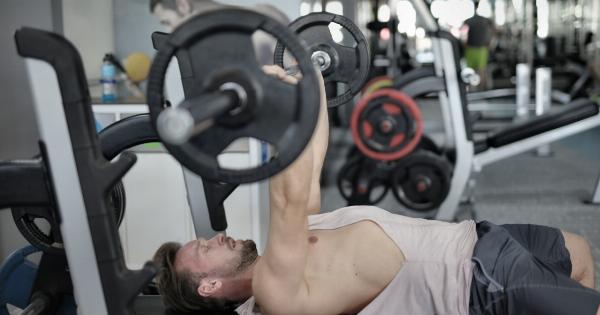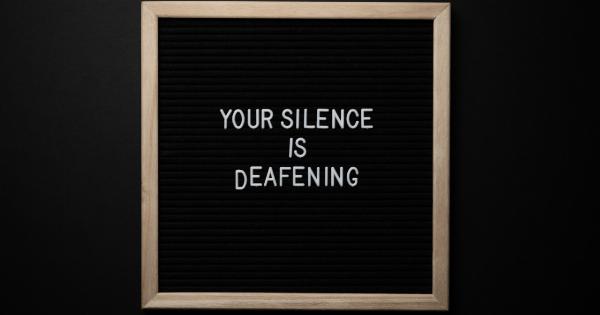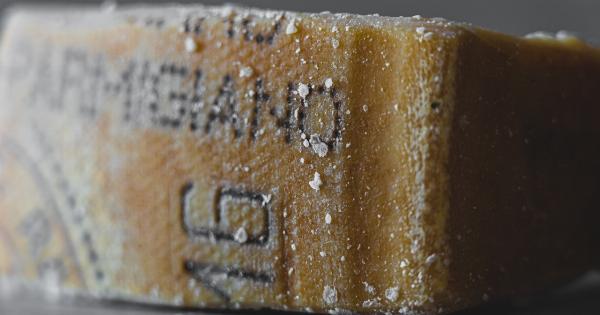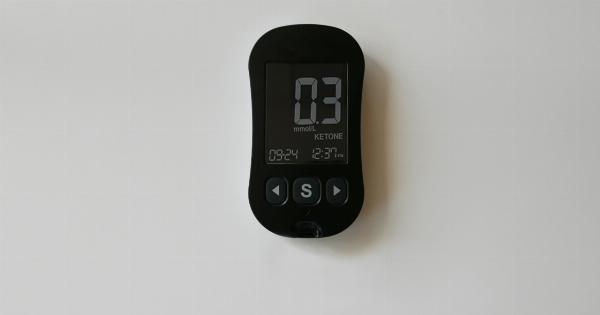Electrolytes are minerals that have an electric charge when dissolved in water. They play a crucial role in maintaining proper hydration, conducting nerve impulses, and balancing the pH levels in our body.
The key electrolytes include sodium, potassium, calcium, magnesium, chloride, and phosphate.
The Importance of Electrolyte Replacement
When we exercise, sweat excessively, or lose fluids due to illness, our body loses electrolytes. This can cause an imbalance and lead to symptoms like muscle cramps, fatigue, dizziness, and even more severe complications like heatstroke.
Therefore, it becomes essential to replace these electrolytes to restore the balance and keep ourselves properly hydrated.
Signs of Electrolyte Imbalance
An electrolyte imbalance can manifest through various signs and symptoms. Some common ones include:.
- Muscle twitching or weakness
- Irregular heartbeat
- Fatigue and lethargy
- Numbness or tingling sensation
- Nausea or vomiting
- Headache
- Confusion or difficulty concentrating
Sources of Electrolytes
Electrolytes can be obtained through various food and drinks. Some of the primary sources include:.
- Sodium: Table salt, pickles, olives, and pre-packaged foods
- Potassium: Bananas, oranges, potatoes, spinach, and yogurt
- Calcium: Milk, cheese, yogurt, almonds, and leafy greens
- Magnesium: Nuts, seeds, beans, whole grains, and dark chocolate
- Chloride: Salt, seaweed, tomatoes, celery, and lettuce
- Phosphate: Meat, fish, dairy products, lentils, and quinoa
1. Stay Hydrated Throughout the Day
The first step in maintaining electrolyte balance is to ensure you are consistently hydrated throughout the day. Even a slight drop in hydration levels can impact your electrolyte balance. Aim to drink at least 8-10 glasses of water daily.
2. Consume Electrolyte-Rich Foods
Incorporate foods rich in electrolytes into your diet to support proper hydration. Snack on bananas, have a handful of nuts, or add leafy greens to your meals. These foods not only provide electrolytes but also offer other essential nutrients.
3. Use Sports Drinks or Electrolyte Supplements
For intense workouts or extended periods of physical activity, it can be beneficial to consume sports drinks or electrolyte supplements. These products are specifically designed to replenish electrolytes lost through sweat.
4. Add a Pinch of Salt to Your Water
If you’re engaging in intense physical activity and sweating excessively, adding a pinch of salt to your water can help replenish lost sodium. This simple trick can aid in maintaining electrolyte balance during rigorous workouts.
5. Be Mindful of Your Sodium Intake
While consuming an appropriate amount of sodium is necessary for electrolyte balance, excessive sodium intake can result in an electrolyte imbalance. Avoid processed foods, which are often high in sodium, and focus on natural, whole foods instead.
6. Stay Away from Caffeinated and Alcoholic Beverages
Caffeinated and alcoholic beverages act as diuretics, increasing fluid loss, which can lead to dehydration and electrolyte imbalances. Try to minimize your consumption of these beverages, especially during workouts and in hot weather.
7. Be Cautious of Overhydration
While it is crucial to stay hydrated, overhydration can also be a concern. Drinking excessive amounts of water without replenishing electrolytes can cause a condition called hyponatremia or diluted blood.
This condition occurs when the body’s sodium levels become dangerously low.
8. Listen to Your Body
Everyone’s hydration needs may vary, depending on factors such as body composition, activity levels, and climate. Pay attention to your body’s signals and adjust your fluid and electrolyte intake accordingly.
If you experience muscle cramps, fatigue, or other symptoms of electrolyte imbalance, it may be a sign to increase your electrolyte intake.
9. Monitor Electrolytes During Illness
During illnesses accompanied by diarrhea, vomiting, or high fever, electrolyte levels can drop significantly. In such cases, it may be necessary to supplement with oral rehydration solutions or consult a healthcare professional for guidance.
10. Consider Electrolyte Testing
If you frequently experience symptoms of electrolyte imbalance or have an underlying medical condition, it may be wise to consult a healthcare professional regarding electrolyte testing.
This can help identify any imbalances and allow for appropriate treatment options.
